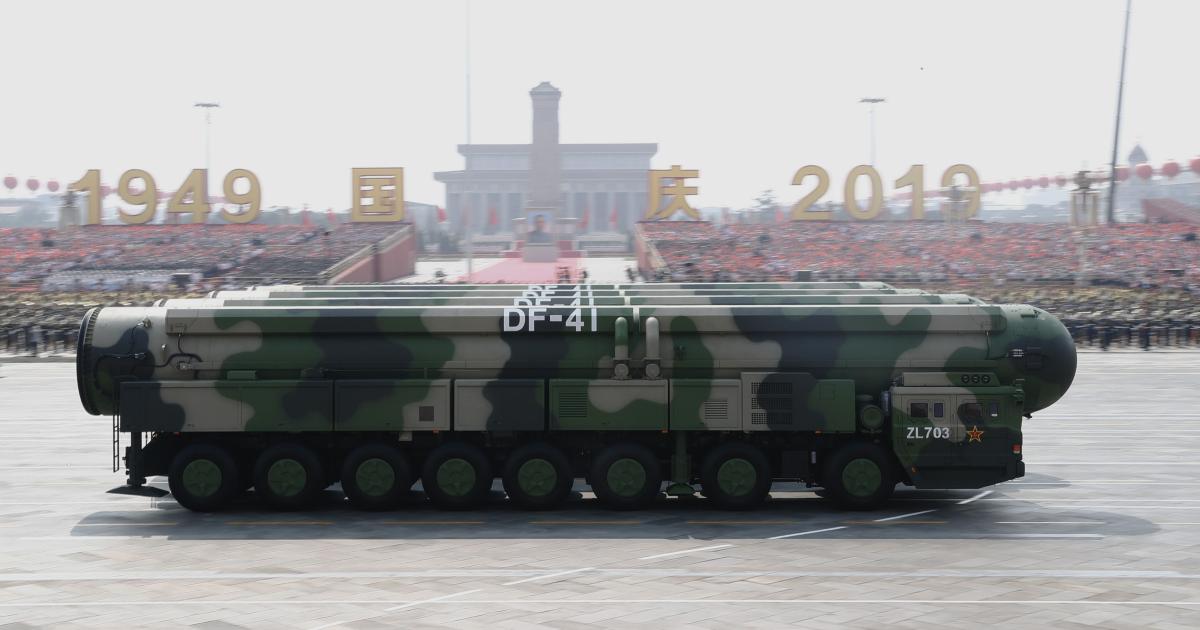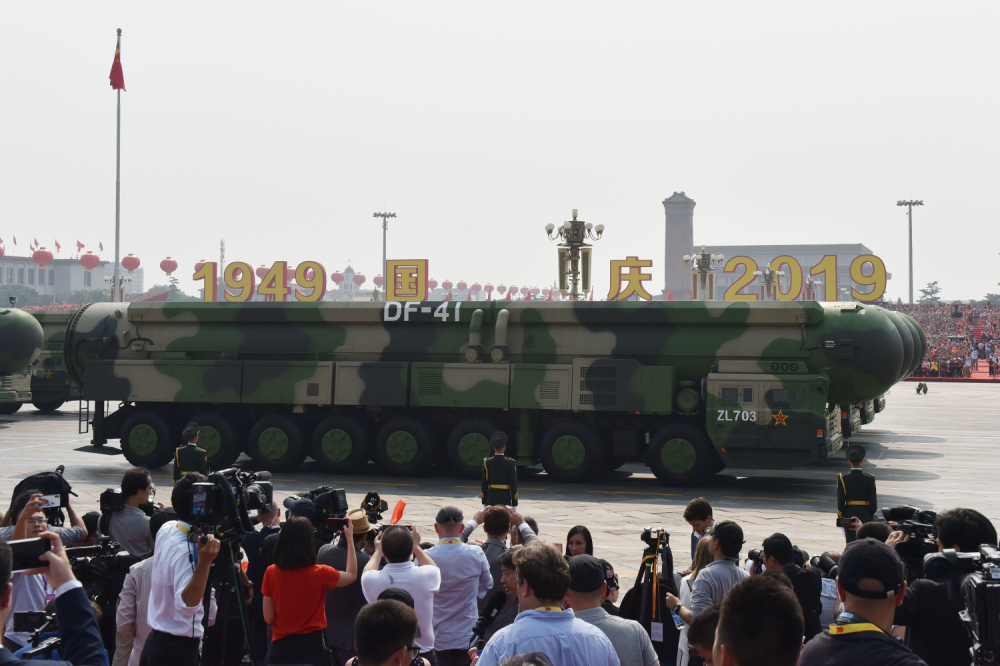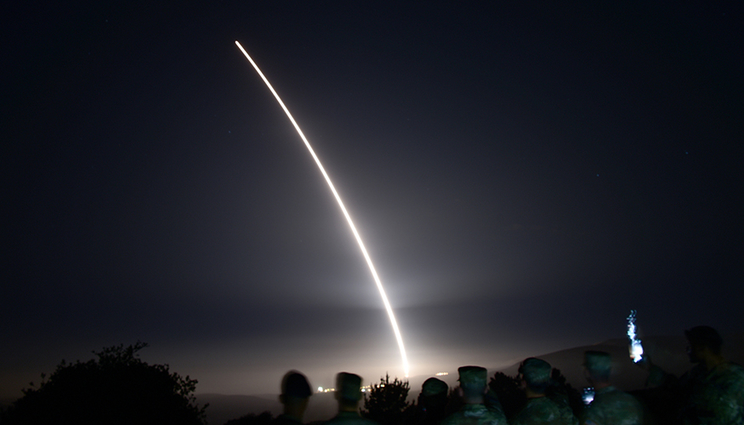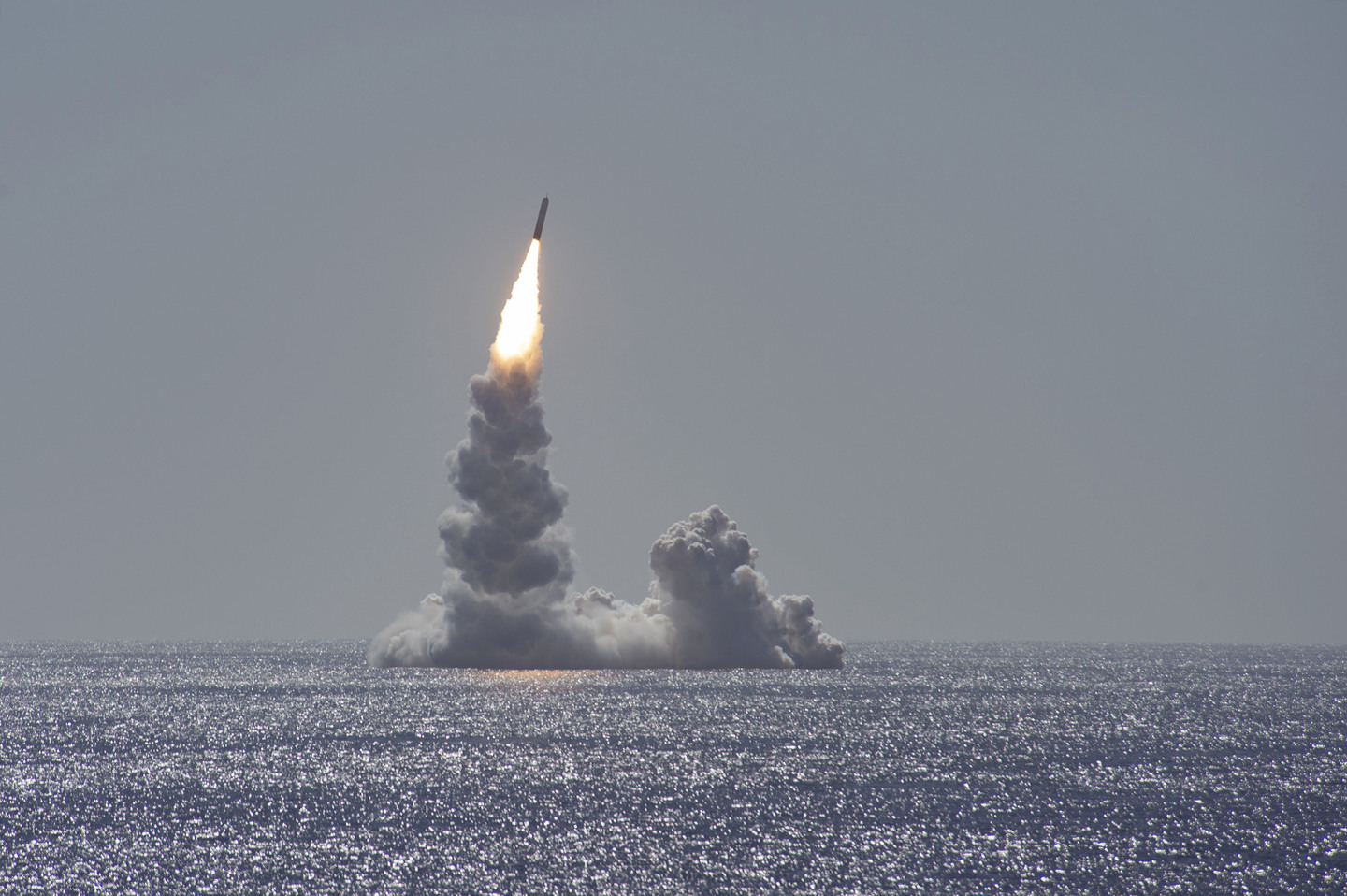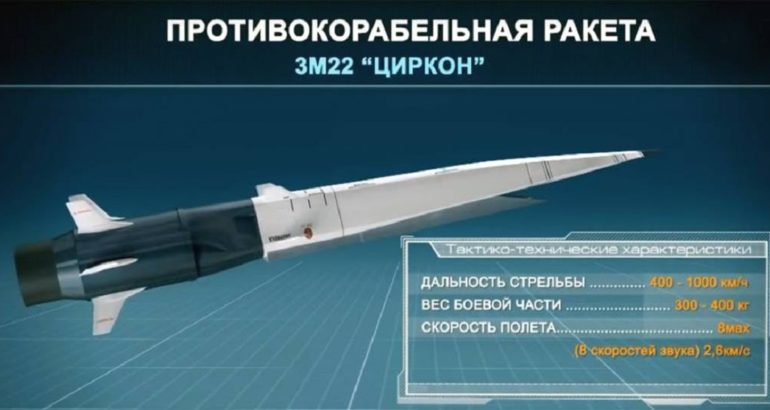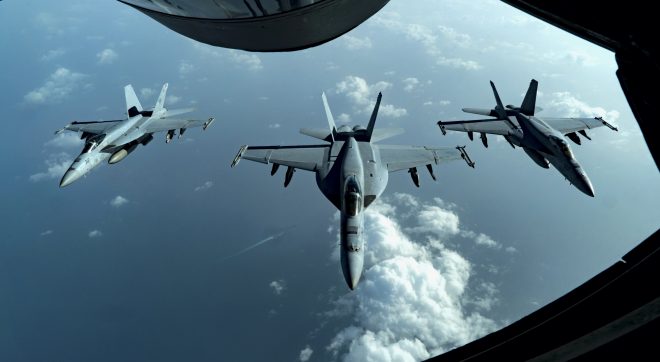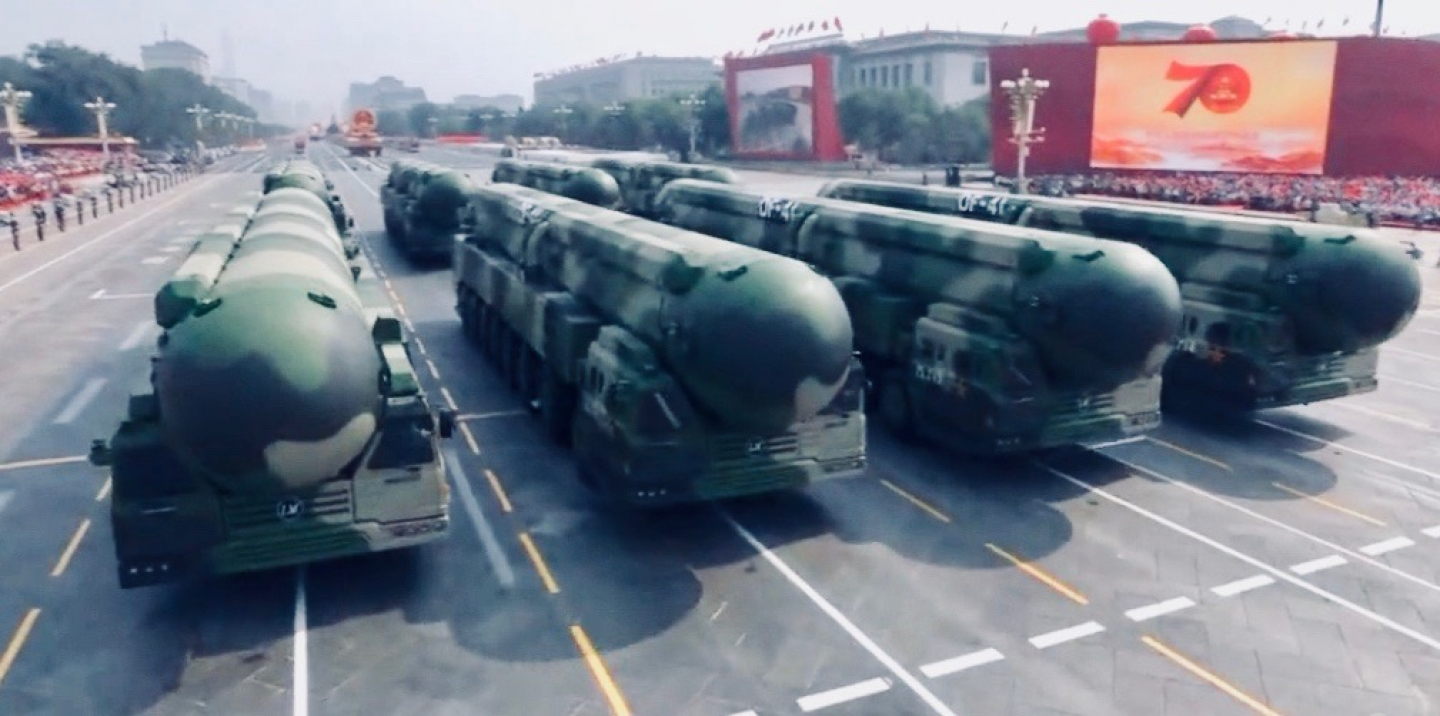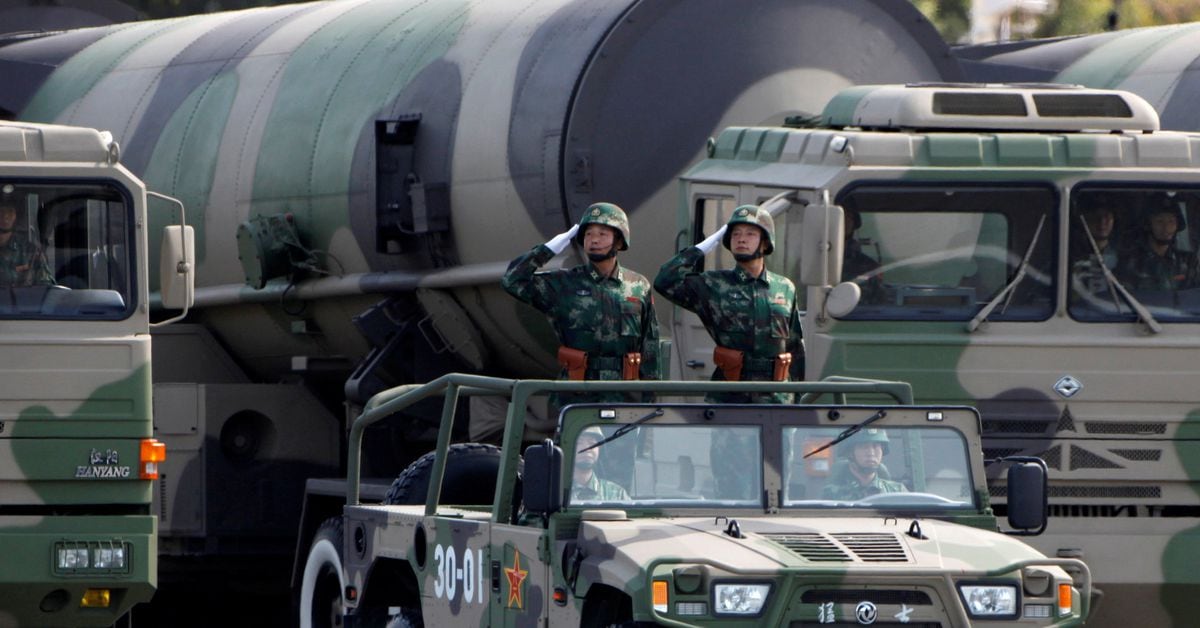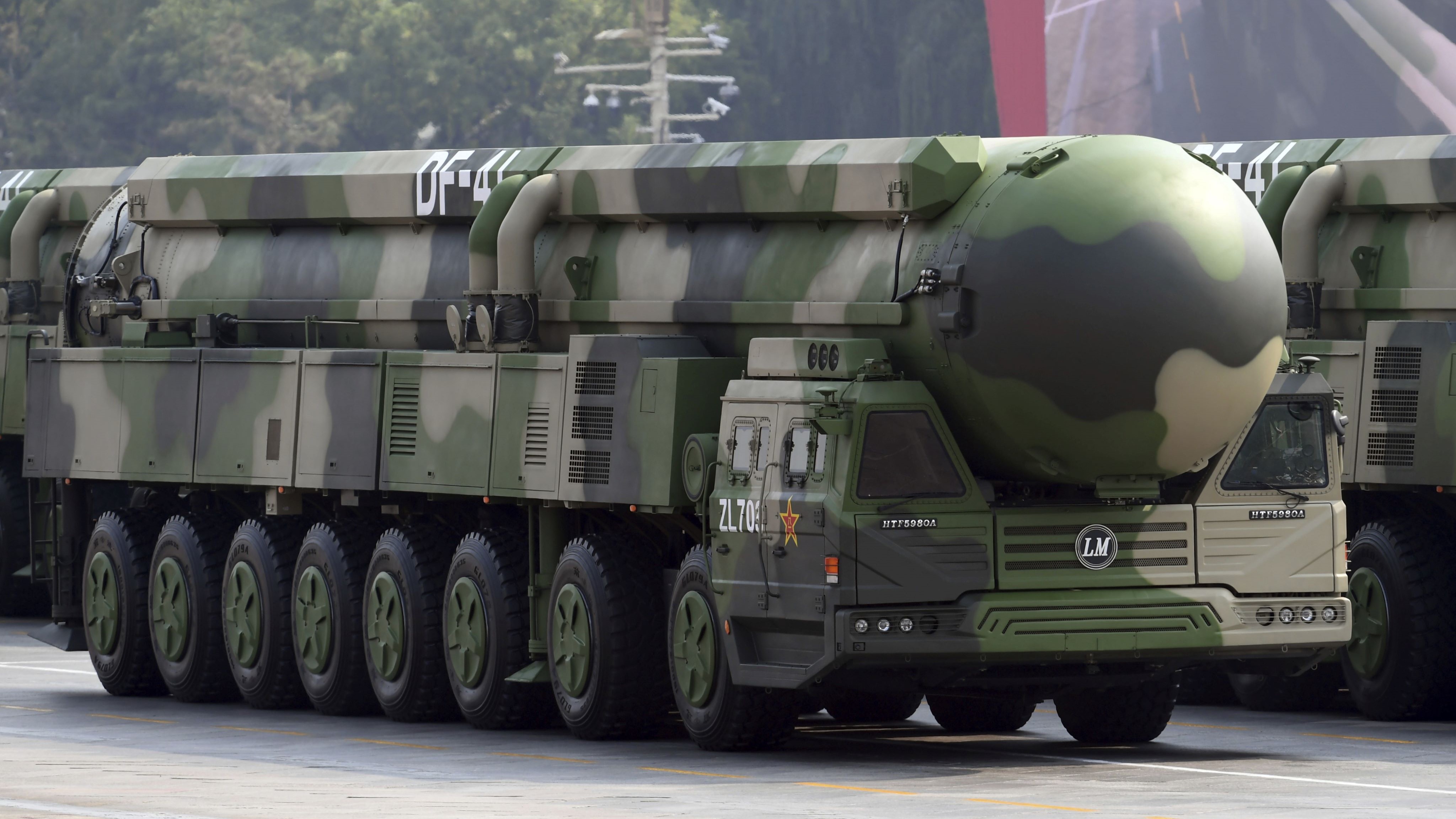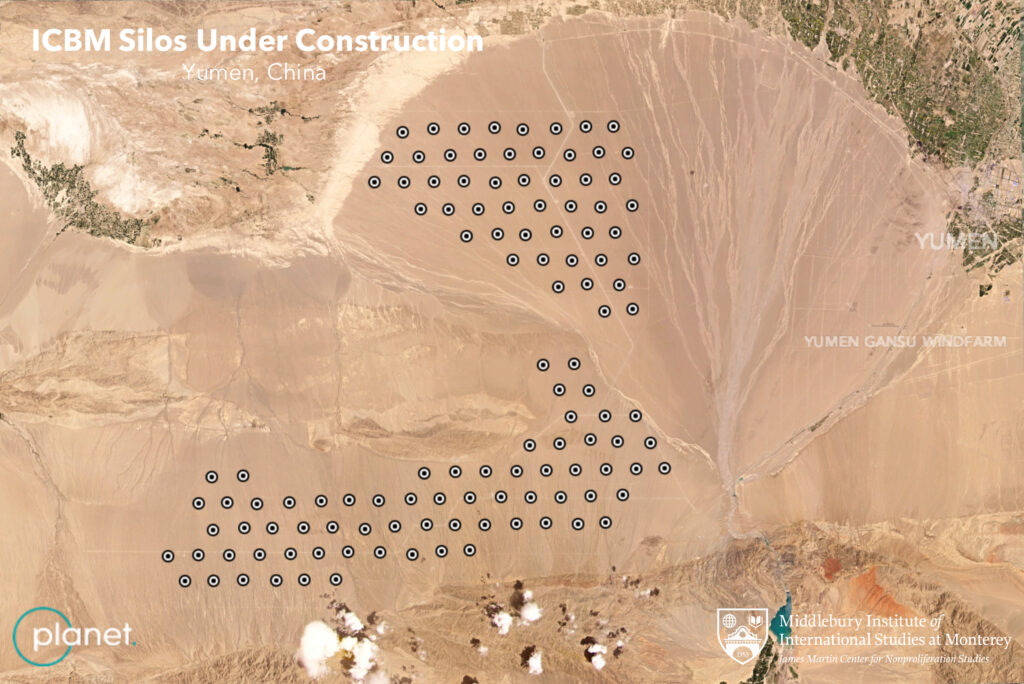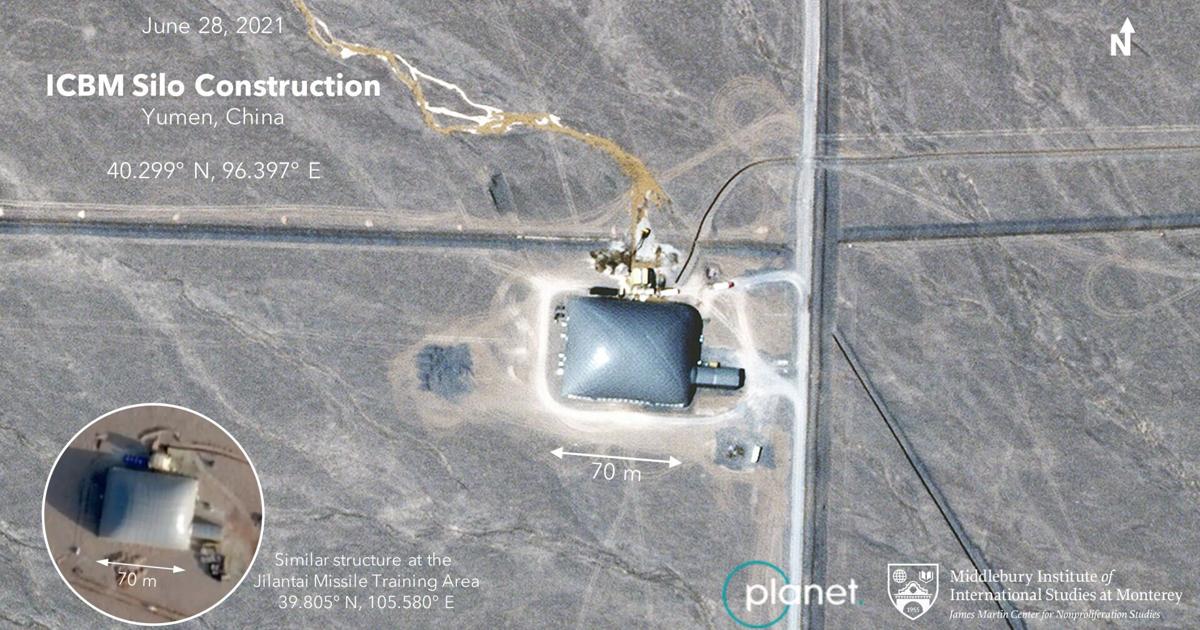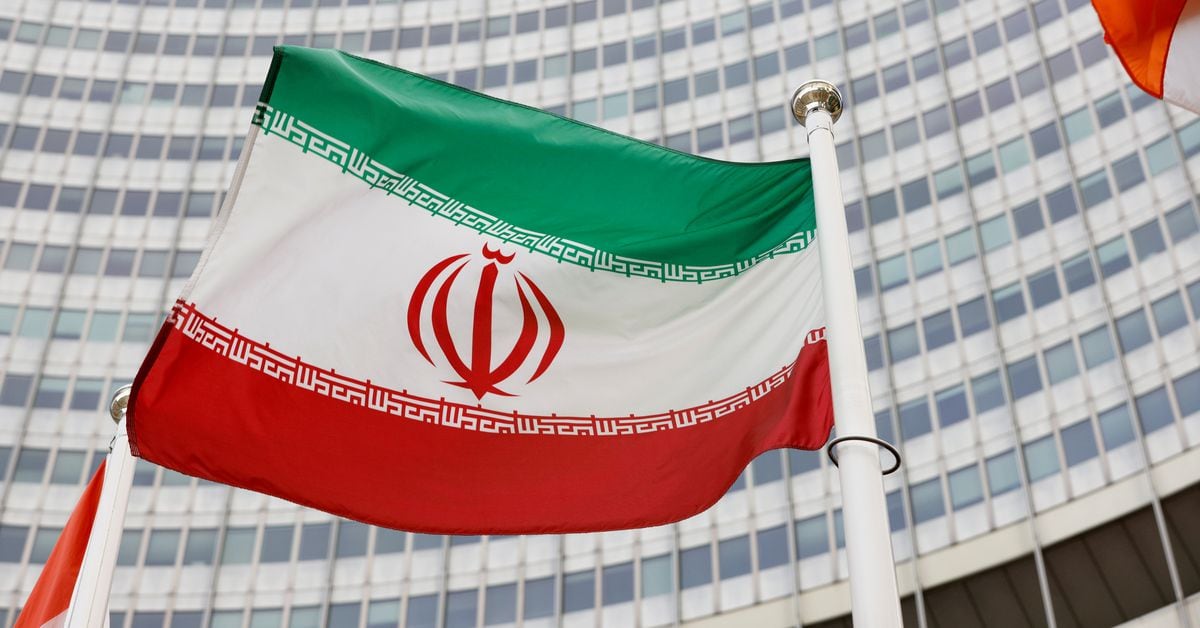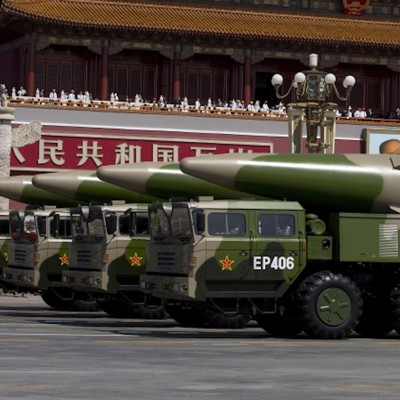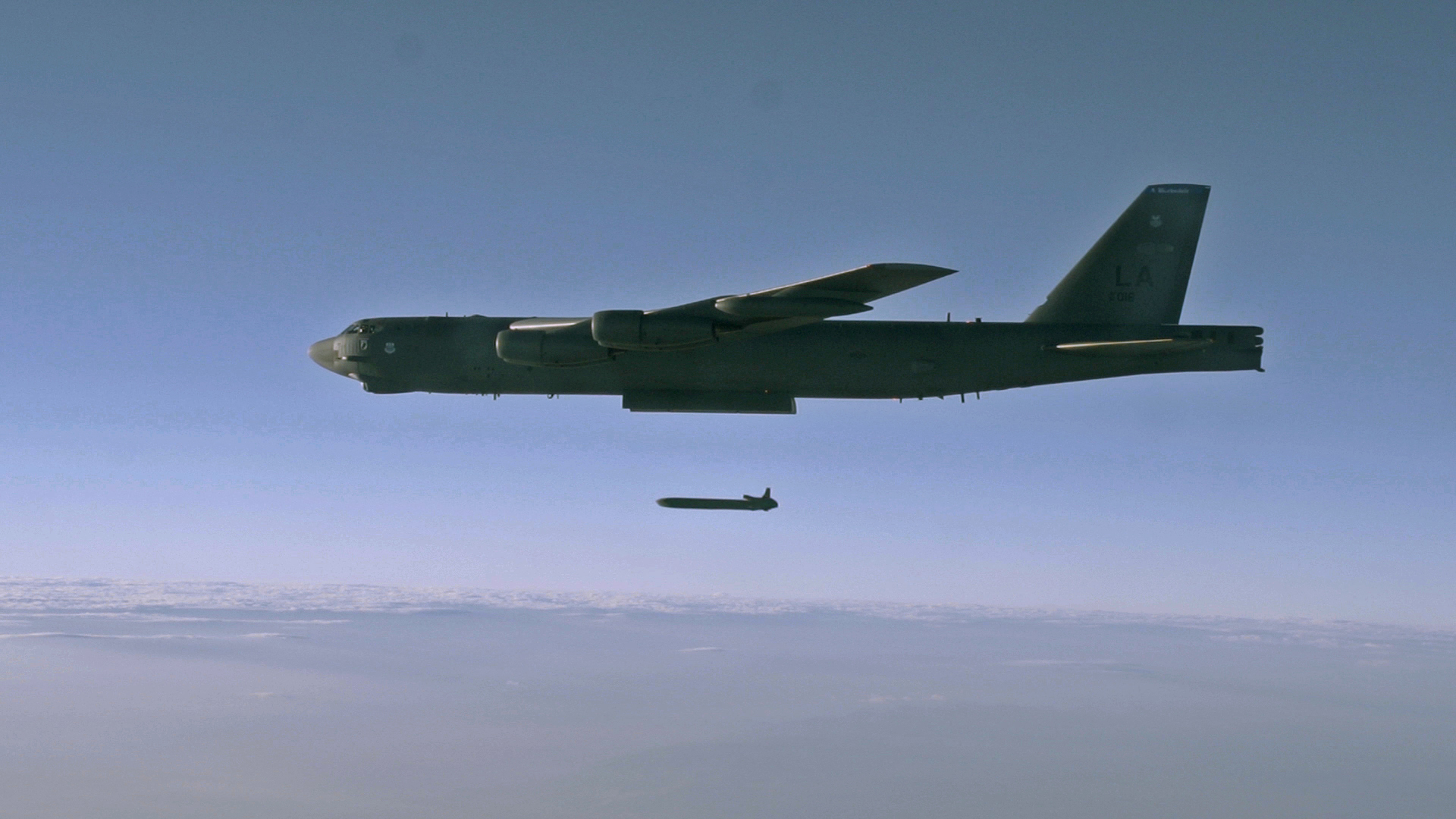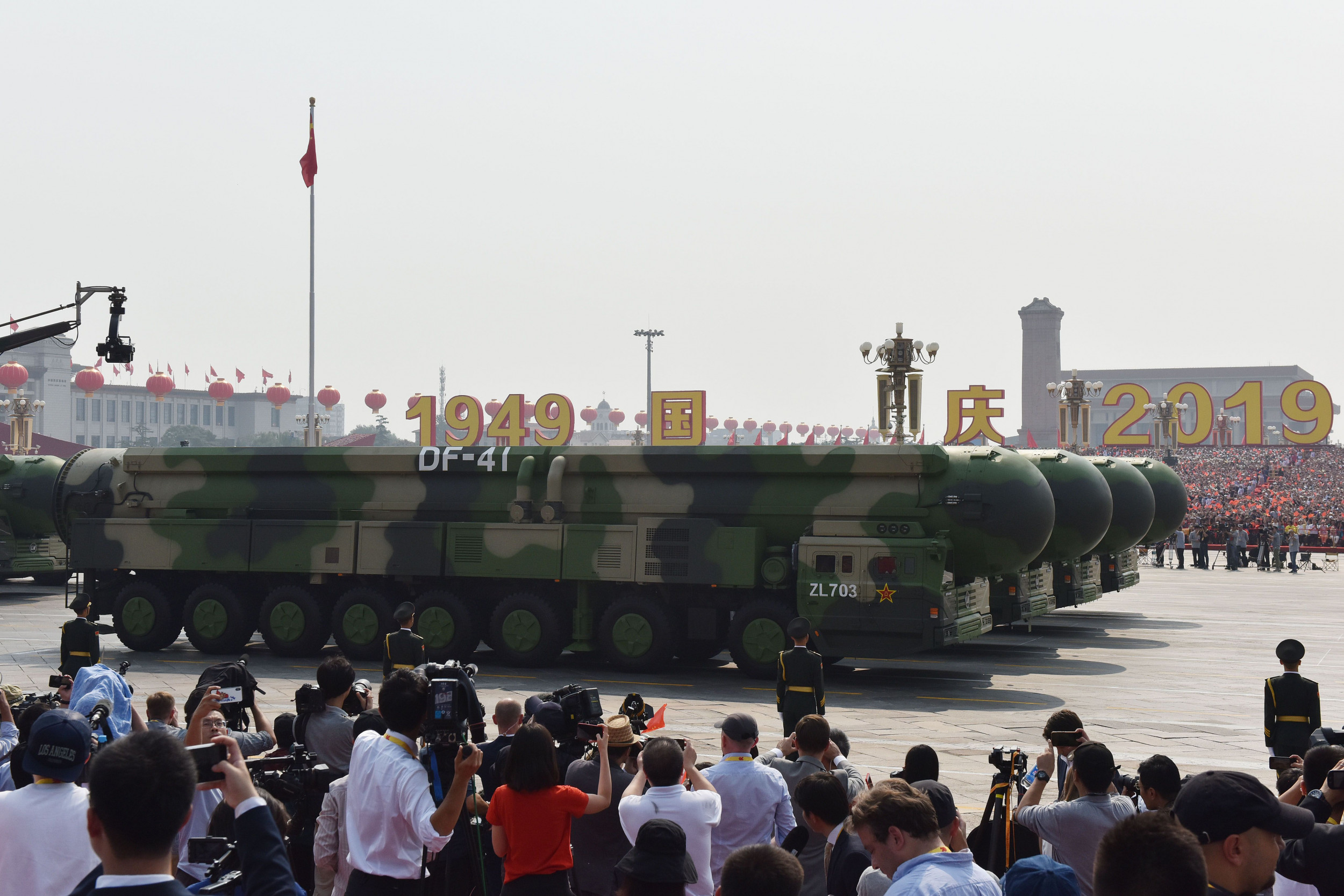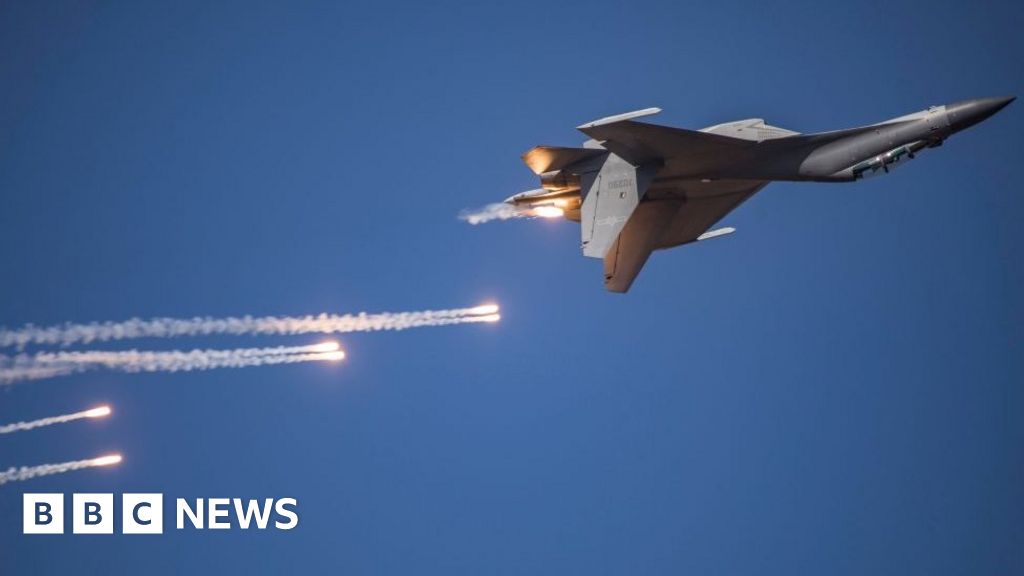In the past month, civilian analysts studying satellite images have found two large fields of apparent nuclear missile silos — at least 230 of them — under construction in remote

omaha.com
No access here. 451: Error due to EU.
For months, U.S. Strategic Command chief Adm. Charles Richard has been sounding the alarm about the growing nuclear threat from China.
Now we know why.
In the past month, civilian analysts studying satellite images have found two large fields of apparent nuclear missile silos — at least 230 of them — under construction in remote north-central China.
The number of new silos under construction is more than the total number of silo-based ICBMs fielded by Russia, and equal to more than half of the U.S. arsenal, said Hans Kristensen, director of the Nuclear Information Project at the Federation of American Scientists, the organization that discovered one of the silo fields a week ago.
“Any way you cut it, this is the most significant change in the Chinese nuclear posture, ever,” he said. “It’s definitely worrisome. Nuclear missiles are intended to hit something.”
The discovery raises vexing questions about whether China is abandoning its decades-old policy of “minimal deterrence” and its long-stated determination to keep its nuclear footprint small. China is thought by analysts to have an arsenal of about 300 weapons, one-fifth as many as either the U.S. or Russia has deployed.
“President Xi (Jinping) certainly seems to have determined that they need to expand their nuclear force significantly,” Kristensen said.
It is also likely to affect the Biden administration’s current Nuclear Posture Review, which is being developed with significant input from StratCom, based at Offutt Air Force Base. It’s expected to be completed early next year.
Kristensen and other analysts say it’s clear that Richard knew of these sites in April, when he issued stark warnings about China’s burgeoning nuclear program during testimony before the House and Senate Armed Services Committees. He specifically warned about silo-based intercontinental ballistic missiles.
“They are well ahead of the pace to double their stockpile by the end of the decade,” Richard said in his House testimony, calling it a “breathtaking expansion.”
The warning prompted Kristensen and Jeffrey Lewis, who heads the Middlebury Institute of International Studies’ East Asia Nonproliferation Program, to separately start scouring commercial satellite images of the vast Chinese countryside.
In late June, Decker Eveleth, a college intern in the Middlebury program, discovered a site with 120 silos near the ancient Silk Road city of Yumen, now a center of oil production.
The silos were laid out in a grid in the desert, each about 2 miles apart and connected by roads. Trenches ran toward building construction sites that appeared to be future launch-control facilities.
“There was no effort to camouflage them,” Lewis said. “It’s a weird pattern. There’s no question in our minds it was a silo field. It’s so distinct.”
Climate-controlled canopies resembling a child’s inflatable bounce house covered the construction sites, prompting Lewis to jokingly call them “Bouncy Castles of Death” on his website, ArmsControlWonk.com.
On July 23, Matt Korda, a researcher for Kristensen’s Nuclear Information Project, discovered the second field of silos near Hami, about 230 miles northwest of the Yumen site.
“I started from the Yumen site and worked my way outwards,” Korda said. “The grid pattern showed up very clearly.”
He found “bouncy castle” domes over 14 of the silo sites and clear evidence of soil removal at 19 others. But he calculated that 110 silos eventually will be built there, based on measurements of the fence surrounding the site.
The sites also closely resembled 16 additional silos Kristensen and Korda found in February at a known missile test site called Jilantai.
The analysts’ conclusions received a validation of sorts from StratCom this week, when the military command tweeted out a link to a New York Times story on Korda’s discovery, along with the comment: “This is the second time in two months the public has discovered what we have been saying all along about the growing threat the world faces and the veil of secrecy that surrounds it.”
“I view that tweet as a confirmation of our story,” Korda said.
Although alarm is widespread, U.S. analysts aren’t quite sure what China plans to do with the silos.
Lewis believes that the Chinese are playing a shell game, building a large number of silos while planning to put only a few missiles in them. That’s similar to a plan the Carter and Reagan administrations devised for the proposed MX missile, though the plan was abandoned after objections from rural residents of Utah and Arizona, where the MX missiles were set to be deployed.
Lewis said that would be a cheap way to create a “nuclear sponge,” a field of silos StratCom nuclear planners would have to target with a significant portion of U.S. forces to ensure that the missiles are destroyed. He notes that there’s little effort to hide the silos and believes that it would be poor planning to pack them so close together if every silo were going to hold a real missile.
“We’re not necessarily going to get them all,” he said. “I see this as a country ensuring the survivability of what is still a very small nuclear force.”
Christopher Yeaw of the University of Nebraska’s National Strategic Research Institute thinks it’s more likely that China plans to load up most or all of the silos with nukes, most likely the newer DF-41 model.
“It seems to become clearer by the day that China is seeking rough nuclear parity with the United States,” said Yeaw, research director for nuclear programs at the institute, which operates with StratCom’s sponsorship and funding. “These silos could house up to several hundred warheads in fairly short order.”
He said neither the U.S. nor Russia has ever actually used the shell-game model. He also believes that China’s development of other weapons — such as superfast hypersonics — and a possible boost in its ability to produce plutonium point toward a broader effort.
“They have very advanced theater nuclear forces,” Yeaw said. “The U.S. is entering a period when we are going to have to deter two nuclear-armed powers.”
Whether the Chinese ever put missiles in the silos, analysts agree that StratCom planners must plan as if they will.
“If I pull a gun on you, it doesn’t matter if it’s loaded or not,” Lewis said. “You have to assume that it is.”
Kristensen produces an annual report on the size and type of weapons in the arsenals of all the nuclear powers. He said China currently has about 100 ICBMs with about 150 warheads, mostly on road-mobile vehicles. Only about 20 are in fixed silos.
All are located in east-central China, within range of U.S. submarine-based Tomahawk missiles. The Hami and Yumen silo fields are deep in the country’s interior, vulnerable only to America’s longest-range weapons.
“They want to get (the missiles) away from systems that can hit them,” Kristensen said. “This may speak more to China’s sense of vulnerability than its sense of adventurism.”
The discovery may chill, at least for now, talk among some progressives to scrap the land-based leg of the U.S. nuclear triad, which they have argued is expensive and dangerous.
“About half of the Democrats want to get rid of our ICBMs,” said Rep. Don Bacon, R-Neb., who serves on the House Armed Services Committee. “But Russia has a triad. Now we see China developing the same. You’ve got to consider both of them when we’re developing a nuclear plan.”
Kristensen said scrapping the ICBMs was unlikely to begin with.
“It’s a lot harder now to sell this idea,” he said.
No one is sure, either, whether another field of silos is still out there, not yet discovered by civilian analysts.
“We’re certainly going to keep looking,” Lewis said.


